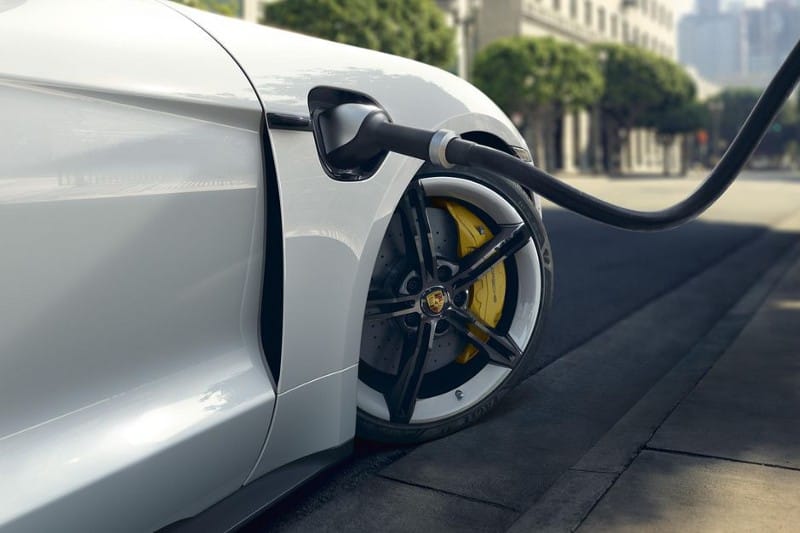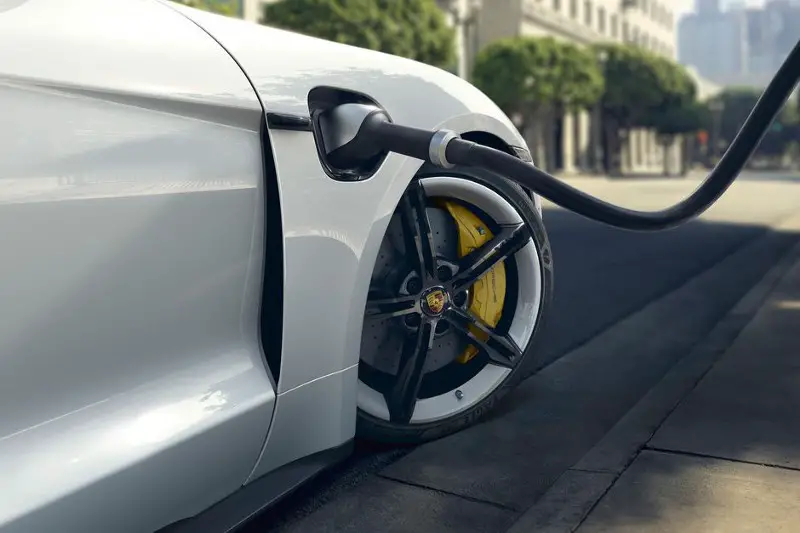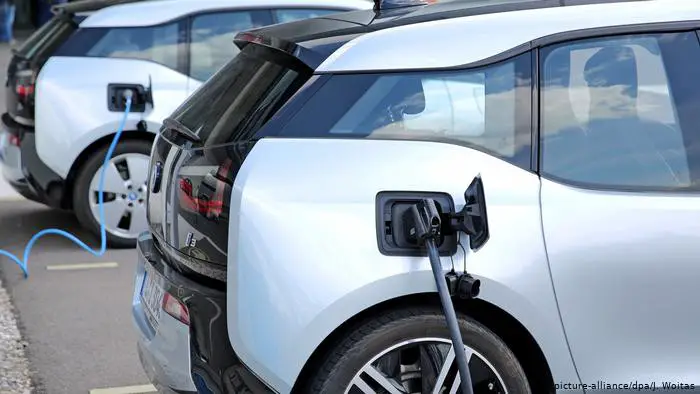EVs To Watch For In 2020
2019 was good and successful for most electric automobile companies. The old companies such as Tesla came with more electric car invention…


2019 was good and successful for most electric automobile companies. The old companies such as Tesla came with more electric car invention such as the Cybertruck which was a topic for quite a long time due to the exterior features which were outstanding, as well as new companies were coming up with their EVs.
Tesla’s lock on high-end all-electric vehicles began to break, with Audi and Jaguar sending electric S.U.V.s out into the world. They joined more workaday E.V.s from Chevrolet, Honda, Hyundai, Kia, and Nissan.
Here’s a look at some of the electric vehicles that are just reaching the market, will soon be available or are expected to arrive in 2021.
i) Audi e-Tron Sportback: A four-door coupe version of the full-size Audi e-Tron sport utility vehicle, introduced last spring, the Sportback is expected to be available this spring. Designed to look and handle like traditional Audis, the e-Tron models.
The all-wheel-drive e-Tron S.U.V. charges to 80 percent of its 204-mile range in 30 minutes with a commercial fast-DC charger. Improvements in aerodynamics and battery efficiency should modestly increase the Sportback’s range.
ii) BMW iX3: BMW will start production of its electric S.U.V. next year at its plant in China. The rear-wheel-drive vehicle is expected to provide 286 horsepower and a 273-mile range, according to the European test cycle, which is more optimistic than its American equivalent.
iii) Ford Mustang Mach-E: Ford enlisted its Shelby designers to create a traditional-looking electric S.U.V. that would echo its iconic Mustang sedan. Its first version, a 332-horsepower all-wheel-drive model, will be available late 2020, with a 459-horsepower GT version expected 18 months from now.
A new version of the much-criticized Ford Sync connect service will feature over-the-air updates. Artificial intelligence will monitor a user’s habits and suggest appropriate actions. For example, it may ask if you want to call your mother at a certain time if it notices you typically do that each day.
Mileage will range from an expected 210 to 300 miles, depending on the model.
iv) Mercedes EQC 400 4Matic: The all-wheel-drive vehicle, starting around $70,000, will feature its screen-based MBUX infotainment system now used in a number of new Mercedes models. To optimize the vehicle’s range, the MBUX system can calculate the most power-efficient routes and direct drivers to high-speed charging stations. Time to charge to 80 percent will be about 40 minutes with the fastest chargers.
v) Porsche Taycan 4S, Turbo, and Turbo S: The “entry-level” version of Porsche’s first electric vehicle, the 4S will be available this spring, starting at about $104,000. (The imminently shipping Turbo costs about $151,000, and the Turbo S is $185,000.)
The two current models — available with 522 or 562 horsepower — will accelerate from zero to 60 miles an hour in 3.8 seconds. The Taycan has a range of just over 200 miles, and it is one of the fastest-charging E.V.s around: A DC fast charger will juice it to 80 percent capacity in 22 minutes. The company expects that by 2025, half of its sales will be either fully electric or hybrid models.
vi) Volvo XC40 Recharge: Volvo is equipping its existing XC40 S.U.V. with an electric drivetrain. Expected at the end of 2020, price is expected $48,000 or less after incentives.
Over-the-air updates will be available for all vehicle features. The infotainment system is based on the Android operating system, with Google Maps, Google Assistant and the Google Play app store embedded within the vehicle so they work without a phone. The 408-horsepower engine is expected to provide 240 miles of range. A high-speed commercial charger will fill the XC40 to 80 percent capacity in 40 minutes.
vii) Byton: This Chinese-built S.U.V. will be sold in the United States, at a starting price of $45,000, beginning in the second half of 2021. Sales in its home country will start at the end of 2020.
Drivers can alter the screen display to account for whether the vehicle is moving or not, and whether the driver or passenger is watching. Artificial intelligence is combined with subscriptions to popular music and video services, and linked via facial recognition, so it will know your favorite artists. If the driver allows, the vehicle will have access to calendar events; knowing that you’re finishing up your spin class, the system could cool the car before you arrive.
Available as a 225- or 300-mile range version, the Byton will be sold directly and through dealers, with its first company store to open in Los Angeles by the middle of next year.
viii) Canoo: One of several hopeful start-ups, Canoo plans to sell its namesake model at the end of 2021. Unlike several established marques, Canoo has taken advantage of the lack of an internal combustion engine to rethink the look of a vehicle. The rear seat is positioned as a sofa set.
To increase interior space, Canoo eliminates the traditional engine compartment and its protective firewall. The use of steer by wire, an electronic rather than a mechanical system, eliminates the need for various mechanical components, also allowing for more freedom in the placement of the steering wheel.
Infotainment will be provided through a smartphone connection. The mile range is 250, will be available only through subscription, the price is yet to be released. The price is expected to cover registration, license, and insurance. The subscription can be canceled or rolled over into another model when available, at any time.

ix) Faraday Future: Even after the company went bankrupt, the company is back on foot with a new leader who is doing an amazing job. The new leader was ‘once the head of Byton; new funding; and a rethought vehicle. The infotainment now promoted by Canoo, the current version of the large S.U.V. will sport 11 screens in its ultra-high-end FF91.
The company claims that the FF91 will accelerate from zero to 60 in an astonishing 2.2 seconds, and cost $150,000 to $200,000 when it comes out by September. If there’s demand, the company can build up to 15,000 units annually in a Hanford, Calif., plant that’s smaller than the ambitious one it abandoned in Las Vegas.
The company says it will make money at that volume by selling its hardware and software to competitors. Plans for a smaller, more affordable FF81 exist, and the company hopes to enter preproduction by the end of 2020.
x) Volkswagen ID4 Crozz: VW’s first purpose-built E.V., this compact S.U.V. is due in the States by the end of 2020, priced in the mid-$30,000s after tax credits. This will be followed in 2021 by a larger, Passat-size S.U.V., the Space Vizzion, and then in 2023 by the Buzz, Volkswagen’s electric version of its iconic bus. The vehicles will at first be imported and eventually built at the automaker’s factory in Chattanooga, Tenn. About the same size as VW’s Tiguan, the ID4 will have a range of 200 to 300 miles. Navigation commands will be shown in a windshield heads-up display, with arrows overlaid on the screen to show when to turn.




